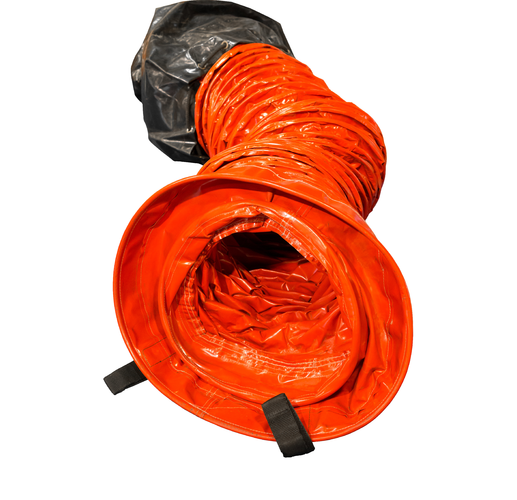Fayola Powell Feb 06, 2018


The traditional way of evacuating buildings during emergencies can be very problematic; limited exits, panicked people stampeding, etc. Many lives can be lost while people are overwhelmed by the overarching emotions of fear, anxiety, and confusion. In the early 1800s, French inventor M. Daujon developed an invention to make the process of evacuating buildings faster and more efficient. He patented the cloth chute, which was made with strong cloth about 22 meters long and 2 meters wide, and fastened to a window with a wooden bar and straps. He conducted an experiment in Geneva, Switzerland in which 22 people used the chute to escape from a building’s fourth story in one minute and fifty seconds. Most would agree that this new mode of escaping is very swift, and beats tripping down flights of stairs or tumbling down rickety fire escape steps. However, Daujon’s invention proved to be more of a novelty back in the 1800s and wasn’t widely used until the 1970s with the advent of high-performance fabrics.
Three designs are commonly used today. The first is Hooper’s evacuation chute, which is a tube that’s attached to the side of buildings and drops straight down. The second is a chute that’s anchored at an angle to a building. And the third is an interior spiraling tube-like structure attached to the side or between buildings. Evacuation chutes are generally used in industries where life-threatening emergencies are more likely to occur, e.g., oil and gas, mining, etc.